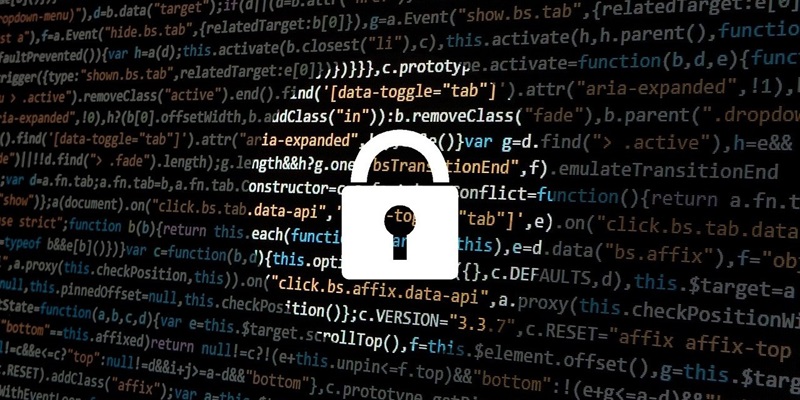In the ever-evolving landscape of cybersecurity threats, organizations are increasingly prioritizing the security of their software supply chains. A recent analysis conducted by Synopsys reveals significant progress in security automation practices among 130 organizations. Additionally, the annual Building Security In Maturity Model (BSIMM) report highlights encouraging trends in software bills of materials (SBOMs), open source software risk tracking, and various security practices. While there have been notable strides, challenges remain in adapting to evolving threats and ensuring the ongoing evaluation of automated processes.
Increase in Software Bills of Materials (SBOMs)
One of the key highlights of the analysis is the impressive 22% increase in organizations creating software bills of materials (SBOMs). These comprehensive inventories of software components play a vital role in securing software supply chains. SBOMs provide visibility into the various components used, enabling organizations to assess and mitigate potential vulnerabilities effectively. The rise in SBOM utilization demonstrates a heightened awareness of the importance of supply chain security.
Tracking Open Source Software Risks
Another significant development revealed by the analysis is the 10% increase in organizations actively tracking open source software risks. Open source software, while valuable and widely used, can introduce vulnerabilities if not properly managed. By closely monitoring open source components and promptly addressing any identified risks, organizations can minimize the potential impact of vulnerabilities and enhance their overall security posture.
Progress in Software Development Practices
The analysis also sheds light on the commendable progress made in software development practices. Activities related to software development have witnessed a substantial 44% increase, indicating a growing recognition of the importance of incorporating security considerations throughout the development lifecycle. Notably, organizations have experienced a 25% growth in finding and publishing secure design patterns, which enhance the resilience of software against common attacks. Additionally, there has been a marked increase in the adoption of approved security features and frameworks, as well as the utilization of application containers to bolster security.
Advancements in Penetration Testing and Compliance
The analysis reveals a notable 35% growth in penetration testing activities, showcasing organizations’ commitment to proactively identify vulnerabilities and address them before they can be exploited. Penetration testing provides valuable insights into the security weaknesses of systems and applications, enabling organizations to fortify their defenses effectively. Moreover, there has been a 21% increase in compliance and policy controls, indicating organizations’ dedication to adhering to industry standards and regulations to ensure robust security practices.
Growth in Secure Design Patterns and Security Features
The emphasis on secure design patterns and approved security features within organizations is evident from the report’s findings. The discovery and publication of secure design patterns have witnessed a significant 25% growth. These patterns serve as blueprints for building secure software, guiding developers towards implementing best practices and mitigating common vulnerabilities. Similarly, the use of approved security features and frameworks has experienced parallel growth, enabling organizations to leverage established and tested security solutions.
Decline in Certain Security Practices
While progress has been made in several areas, some security practices have experienced declines. The usage of potential attack lists has dropped by 31%, indicating a shift in vulnerability management approaches. Moreover, expert-driven tasks such as building and implementing adversarial security tests have declined by 25%. The decrease in centralized defect reporting by 18% suggests a need for organizations to reevaluate their defect management processes and ensure effective communication and remediation.
Widely Used Security Processes
The analysis identifies several security processes that are widely adopted within organizations. Implementing security checkpoints and associated governance (91%), creating or interfacing with incident response (90%), identifying privacy obligations (88%), utilizing external penetration testers to discover vulnerabilities (88%), ensuring host and network security basics (87%), and employing automated code review tools (86%) stand out as commonly utilized measures. These practices play instrumental roles in establishing a secure software supply chain and mitigating potential risks.
Challenges in Automating Security Processes
While the analysis showcases progress in security automation, challenges persist in adapting to the evolving threat landscape. A significant hurdle organizations face is the tendency to “set and forget” once a process becomes automated. It is crucial that organizations regularly reassess their automated processes and adapt them to align with emerging threats and best practices. Neglecting to reevaluate and improve automated security measures can leave organizations vulnerable to new and sophisticated attacks.
Future Regulations and Focus on Software Supply Chain Security
A crucial catalyst for enhancing security automation practices is a wave of impending regulations that will compel organizations to prioritize software supply chain security. As the importance of securing software becomes evident, organizations will be required to invest more resources into ensuring their software supply chains remain resilient. Staying proactive in security practices and continuously evaluating and improving automated processes will be essential to meet regulatory requirements and maintain a strong security posture.
The Synopsys analysis and the BSIMM report paint an encouraging picture of the progress organizations have made in securing software supply chains through automation. The increased adoption of SBOMs, tracking of open-source software risks, and advancements in software development practices, penetration testing, and compliance reflect a growing emphasis on cybersecurity. However, organizations must remain vigilant and avoid complacency by regularly revisiting and enhancing their automated security processes. By embracing a proactive approach and keeping pace with evolving threats and regulations, organizations can confidently navigate the complex and dynamic landscape of software supply chain security.

